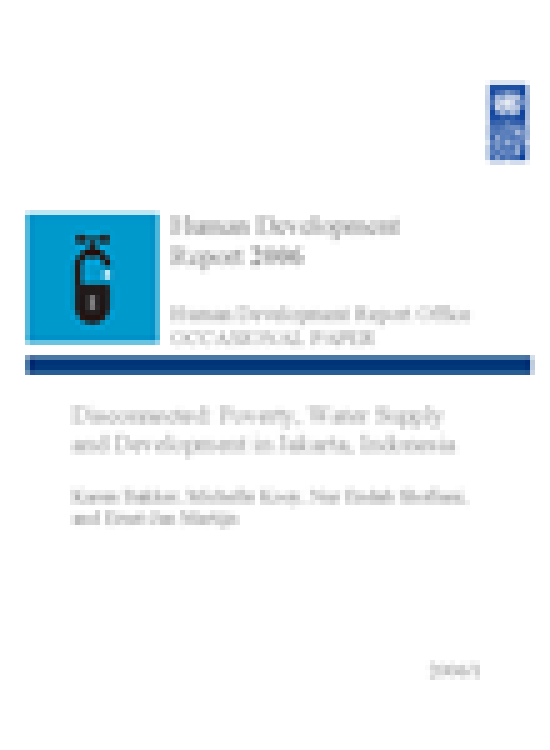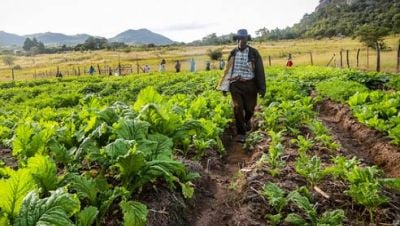Disconnected: Poverty, Water Supply and Development in Jakarta, Indonesia

Download Report by Language
Document
bakkeretal1.pdf
(4.65 MB)
Citation
Bakker, Karen, Kooy, Michelle, Shofiani, Nur Endah, Martijn, Enst-Jan. 2006. Disconnected: Poverty, Water Supply and Development in Jakarta, Indonesia. New York.
Disconnected: Poverty, Water Supply and Development in Jakarta, Indonesia
Posted on: January 01, 2006
Jakarta’s water supply system is highly fragmented. As documented in this report, the formal water supply system reaches less than 50% of the city’s inhabitants, and is spatially concentrated in higher income areas of the city. The majority of Jakarta’s residents make use of a variety of different water sources– bottled water, vendor water, shallow and deep wells, public hydrants, network connections – to meet their daily water needs (Bakker 2003b), often relying exclusively on water abstracted and delivered outside of the network (Bakker forthcoming, Surjadi et al 1994, McGranahan et al 2001). Indeed, a significant proportion of households with connections to the networked water supply system continue to rely primarily upon other sources of water supply given low water quality and intermittent network pressure, and non-networked (or so-called ‘informal’) water services thrive in areas where networked connections are available (Susantono, Bakker). Documenting and explaining the reasons for this spatial and social differentiation of access, and using this information to intervene in current debates about pro-poor water supply management, are the two primary goals of this report.

